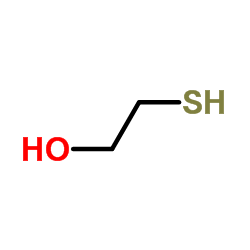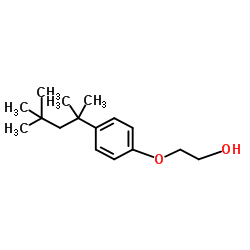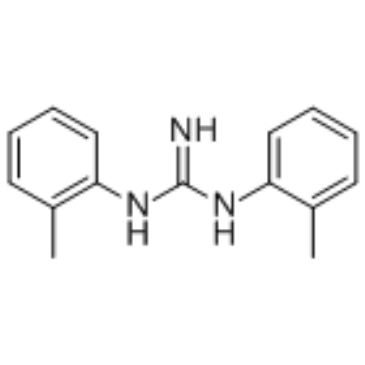| 结构式 | 名称/CAS号 | 全部文献 |
|---|---|---|
 |
甲醛
CAS:50-00-0 |
|
 |
二甲基亚砜
CAS:67-68-5 |
|
 |
巯基乙醇
CAS:60-24-2 |
|
 |
D-赖氨酸
CAS:923-27-3 |
|
 |
4-叔辛基苯酚单氧化物
CAS:2315-67-5 |
|
 |
8-辛酰氧基芘-1,3,6-三磺酸三钠盐
CAS:115787-84-3 |
|
 |
(+)-PENTAZOCINE-DEA SCHEDULE IV ITEM
CAS:7361-76-4 |
|
 |
喷他佐辛
CAS:359-83-1 |
|
 |
促进剂DOTG
CAS:97-39-2 |